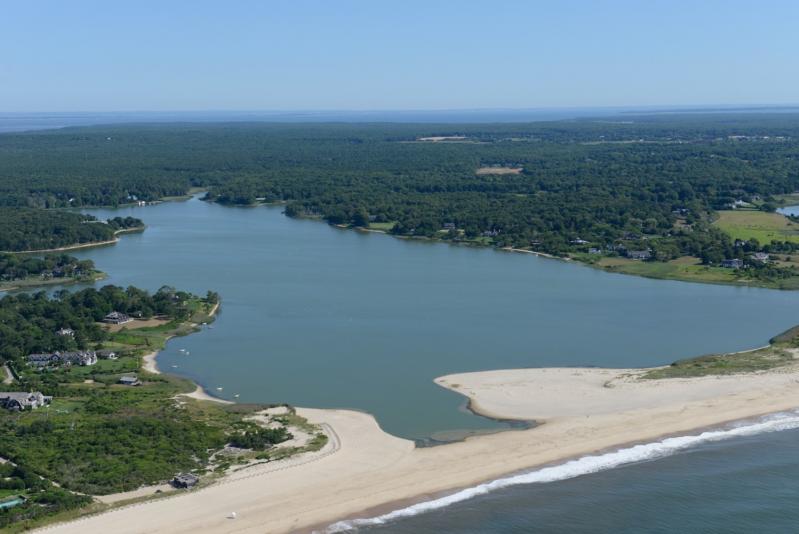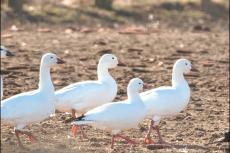The East Hampton Town Board is expected to approve use of an aquatic weed harvester in Georgica Pond on Thursday by adopting a negative declaration pursuant to the New York State Environmental Quality Review Act. The finding means that use of the machine will have no significant environmental impact.
The weed harvester was used in the pond in the summers of 2016, 2017, and 2018, and on a limited basis last year, part of a multifaceted effort to alleviate conditions that have promoted blooms of toxic cyanobacteria (blue-green algae) that have fouled the pond every summer for almost a decade.
The Friends of Georgica Pond Foundation, a group of pond-front homeowners, operated the harvester in collaboration with the town trustees, who have jurisdiction over the waterway.
Georgica Pond is eutrophic, with excessive nitrogen inputs from ground and surface water runoff feeding dense plant life, whose decomposition is blamed for choking the pond of oxygen. Blooms of macroalgae and macrophytes cause low levels of dissolved oxygen (hypoxia), which can result in fish kills and harmful algal blooms.
Macroalgae interfere with surface water currents and shade desirable vegetation. When they die, their decomposition consumes oxygen, stressing or killing marine life.
The harvester is understood to have improved conditions in Georgica Pond, but motorized craft are not permitted there, so its use requires permission from the town. A tidal wetlands permit from the State Department of Environmental Conservation is required as well. The trustees approved the harvester's use in March, and the zoning board of appeals has also endorsed its return.
As he did last month, Brian Frank of the Planning Department addressed the board on Tuesday. Harmful algal blooms have become commonplace across the country, "from the Gulf of Mexico to the Gulf of Maine," including the Great Lakes, he said, and their effects are severe. There is a positive correlation, he said, between the weed harvester's use and a reduction in algal blooms in the pond as well as hypoxia.
An environmental assessment form prepared by the Planning Department concludes that the harvester's impacts are absent or small for plants, animals, and surface waters, Mr. Frank said.
The form has circulated among the board, said Supervisor Peter Van Scoyoc, who called the correlation between the harvester's use and the pond's improving ecology "very promising." The harvester, however, is "dealing with a symptom, not really with the cause," he said — excessive nitrogen and phosphorous inputs from aging, conventional septic systems.
Some one-third of the property owners around the pond have upgraded their septic systems with new models that sharply reduce nitrogen and phosphorous release.
Sara Davison, executive director of the Friends of Georgica Pond Foundation, said after the board adjourned that "we believe that the D.E.C. tidal wetlands permit will be forthcoming after the SEQRA declaration."




